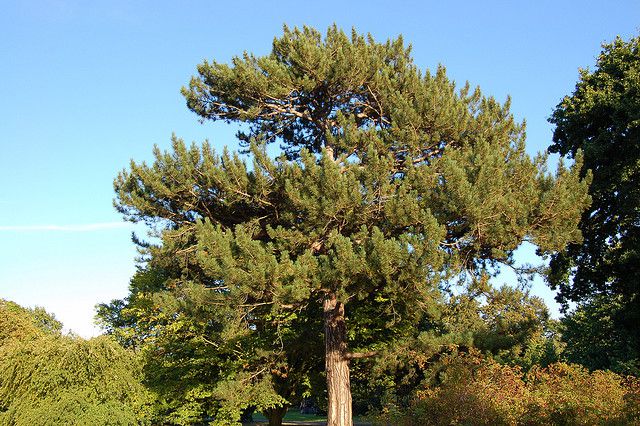-
 Crude oil
Crude oil
-
 CPU cache
CPU cache
-
 Interstellar cloud
Interstellar cloud
-
 Saline efflorescence
Saline efflorescence
-
 Stealth
Stealth
-
 Planck time
Planck time
-
 Spectroheliograph
Spectroheliograph
-
 Ariel
Ariel
-
 Polluter pays principle
Polluter pays principle
-
 PC-Card
PC-Card
-
 Amylose
Amylose
-
 Factor X inhibitor
Factor X inhibitor
-
 GIF
GIF
-
 Sour cherry
Sour cherry
-
 Angular size
Angular size
-
 Nucleosome
Nucleosome
-
 Saccharose
Saccharose
-
 PGP/ MIME
PGP/ MIME
-
 Testosterone
Testosterone
-
 Leukoaraiosis
Leukoaraiosis
-
 Tautomerism
Tautomerism
-
 Double blind trial
Double blind trial
-
 Phenobarbital
Phenobarbital
-
 Chloroplast
Chloroplast
-
 Somatic cell
Somatic cell
-
 Artificial selection
Artificial selection
-
 Lychee
Lychee
-
 Green flash
Green flash
-
 Ornithologist
Ornithologist
-
 Omega-3
Omega-3
European black pine
The European black pine is a large tree that can reach heights of 20 to 50 m.

Pinus nigra. © Polhograjska grmada, CC by 2.5
Names
The European black pine (Pinus nigra) is a conifer in the Pinaceae family. It is also called the Austrian pine.
Botanical description of the European black pine
The crown of the European black pine is pyramidal, dense and dark green. Its bark cracks deeply as the tree ages. Its leaves, persistent, are needles grouped into sections of 2 to 5 which, when united, form a cylinder with a half-circle section. The base of the needles bears a fibrous sheath that falls off the following autumn. Its dark purple female catkins are located at the end of the year's shoots, while the yellowish male catkins are grouped at the base of the year's shoots. Its fruit are falling cones that release winged seeds when they open in autumn. The cones take two years to reach maturity.

European black pine. © CC by nc-sa 2.0
Origins
This species, originally from Austria, was introduced into France in 1834 and quickly became common as an excellent species for reforestation. It grows throughout Europe, from Spain to the Crimean.
Growing conditions of the European black pine
This tree adapts to all types of soil but prefers dry and sandy soil.
Use
The wood of the black pine, similar to the wood of the Sylvester pine, is moderately hard and has a straight grain. It is used, especially in Europe, as a fuel as well as in paper production and construction.
Author: Michel Caron
 The European black pine. © Tim Waters-Flickr by nc-nd 2.0
The European black pine. © Tim Waters-Flickr by nc-nd 2.0
Latest
Fill out my online form.



